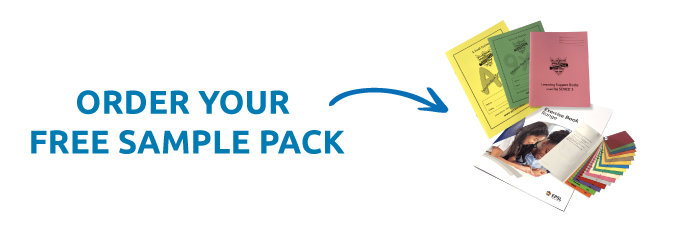Here at EPSL, we’ve also been providing high quality school exercise books, personalised exercise books and supplementary reading material to schools for over 45 years. In that time, we’ve learned a lot about the effect that positive praise can have in the classroom.
How does praise impact learning?
A recent study by researchers at the Brigham Young University (USA) and the University of Kansas (USA) found that praising pupils can create a more productive learning environment for everyone in the class. How? Well, the study found that students found it a lot easier to remain engaged in a lesson when they were encouraged to do so. As an added bonus, the study also suggested that teachers who praise their pupils create better relationships with them, which is something that all teachers are assessed on in the Teachers’ Standards (within Standard 7: ‘maintain good relationships with pupils’).
How to utilise praise in the classroom
We know that no classroom is perfect. Obviously you can’t praise everyone equally, and there will be times when you’ll need to reprimand students for poor behaviour, but try to be aware of how often you’re doing this. Here’s a few tips on how you can increase the amount of meaningful praise you give out:
Keep count - literally, if you keep a teacher planner on your desk, you could use it to conduct your own research on the amount of praise you give out when teaching a particular class. Next time you teach that class, try to increase the praise marks.
Use praise to manage behaviour - if you maintain a focus on those doing as they’re told in class, this can help to create a positive environment. For example, if ‘James’ is sitting quietly in his chair while you speak, thank him for sitting quietly, and the more disruptive pupils will get the message.
Praise effort and process strategies - this is a very important one as pupils respond better to praise that links to things they have control over, such as how hard they’ve tried, over things that are out of their hands like their natural ability at a subject. By doing this, you help to break pupils’ preconceptions about their own intelligence, which gives them a really positive lift.
Can praise be bad?
Like so many other things, praise can fall into the bracket of ‘too much of a good thing can be bad for you’. It’s important to bear this in mind when you’re lavishing praise on your students. Pupils are perceptive, and they can spot false compliments, so make sure that you’re sincere with them, or they’ll lose their meaning after a while.
A review by The Sutton Trust titled ‘What makes great teaching’ in 2014 criticised the ‘lavish’ use of praise in classrooms, and suggested that it can actually convey low expectations when used in excess. Essentially, praise needs to be given out when students have stretched themselves, and their abilities to achieve a goal.
Like all good things then, it’s best done in moderation. Praise is a powerful tool when it’s focused and genuine, and it can have a really positive impact on your students when it’s used in the right circumstances. We’ll let you decide how to implement praise within your classroom setting, and stick to what we know best - supplying a huge range of school exercise books, personalised exercise books, and supplementary reading material, so that you and your class have everything you need to stay organised, motivated, and productive. Take a look through what we’ve got available on our site - and if you have any questions, feel free to give us a call on 01254 686 500. We’re always happy to help!









